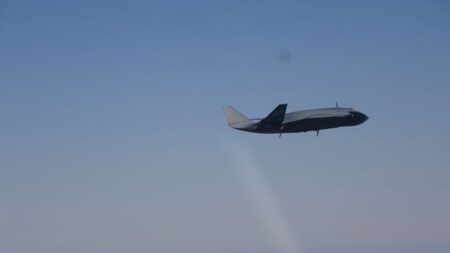eVTOL aircraft developer Joby Aviation has begun the fourth of five stages to receive its Part 135 Air Carrier Certificate from the FAA.
Part 135 approval is required to enable aircraft operators to commercially carry passengers alongside a Type Certificate and Production Certificate. Joby must gain all three approvals before the planned launch of its air taxi service in 2024.
The company will become the first eVTOL aircraft developer to gain a Part 135 Air Carrier Certificate once it is approved. Joby expects to complete the Part 135 certification process later this year.
After filing an initial application for Part 135 in June 2021, Joby completed the second stage in August, which includes submission of a complete package of manuals. The third and fourth stages involve FAA review and approval of manuals and FAA observation of the company performing operations to ensure full regulatory compliance.
Last week, Joby entered the fourth stage of the process with FAA representatives beginning to observe Joby’s initial cadre of pilot instructors as they demonstrate mastery of training and operational procedures using the Company’s prepared manuals and training program.
The fifth phase is FAA final approval and issuance of the Part 135 certificate.
“Our aspiration is to not just build and certify a revolutionary aircraft, but to operate a commercial passenger service that saves people time with minimal impact on the environment,” said Bonny Simi, head of air operations and people at Joby. “Achieving a Part 135 certification unlocks the ability to do that, and we’re moving through the process ahead of schedule.”
Joby recently announced a partnership with CAE, a global leader in aviation training, to develop and qualify flight simulation training devices that Joby will use to train commercially-rated pilots to fly the Company’s eVTOL aircraft.
Joby’s S4 tilt-rotor aircraft can transport a pilot and four passengers up to 150 miles (240km) at speeds of up to 200mph (320km/h). The California-based company was founded in 2009 and began flying full-scale prototypes in 2017 and has completed more than 1,000 flight tests.





